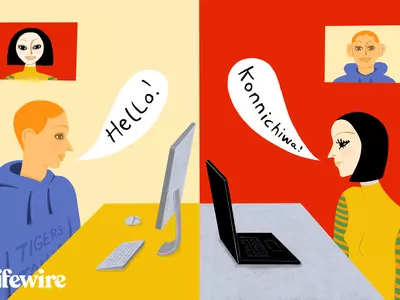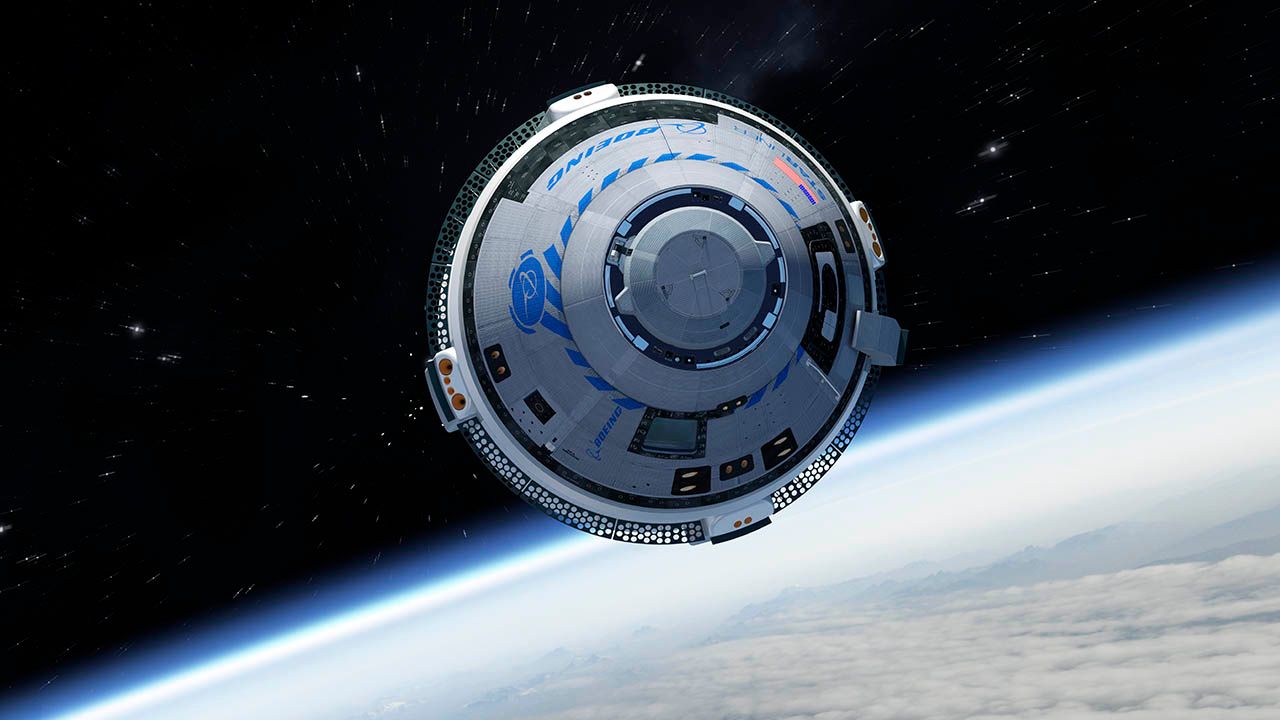
Orbital Odyssey Interrupted: How Boeing's Stranded Astronauts Could Hitch a Ride with Competitor SpaceX

Orbital Odyssey Interrupted: How Boeing’s Stranded Astronauts Could Hitch a Ride with Competitor SpaceX
For some people, being stuck in space would be a dream. But for Butch Wilmore and Suni Williams, it’s a reality. Their supposed eight-day mission is set to last until 2025 after their Boeing Starliner suffered issues with its propulsion system when docking to the International Space Station.
In its press conference on Wednesday (Aug 7), NASA revealed that the two stranded astronauts may have to return to Earth on the SpaceX Dragon instead. Ken Bowersox, NASA’s administrator for space operations, said that his team “don’t just have to bring a crew back on Starliner,” hinting that they “could bring them back on another vehicle.” This would mean the stricken Starliner could undergo an uncrewed return if engineers can’t resolve the misfiring issue involving five of its 28 reaction control thrusters.

Boeing
Originally planned for launch in mid-August, SpaceX’s Crew-9 mission might be delayed to late-September as a result, since it would involve only two astronauts rather than four, leaving two spare seats for the Starliner crew. This mission is expected to return to terra firma in around February 2025.
In a statement at the start of August , Boeing said it remained “confident in Starliner’s return with crew,” but NASA’s press conference—absent a Boeing representative—casts a shadow over such an ambition. The crux of the issue lies in whether engineers can work out the cause of the reaction control thrusters’ abnormal behaviour, which Steve Sitch, NASA’s commercial crew program manager, says “would give us additional confidence to move forward to return Butch and Suni on this vehicle.” The issue isn’t surrounding whether Starliner can undock—officials are more concerned about whether the vehicle will have sufficient power to maintain a controlled re-entry through Earth’s atmosphere, a notoriously dangerous and difficult maneuver.
Starliner’s apparent failure is a significant blow for Boeing, a company that has tried its hardest to rub shoulders with SpaceX in the space flight realm for many years but has, ultimately, struggled to do so. This follows the grounding of its newest airplane, the 737 Max, following two fatal accidents caused by flight control failure. SpaceX, on the other hand, will be boosted by these events, acting as the solution to what is an increasingly difficult situation for its rival.
No final decisions have yet to be made, however, as NASA’s control board is still working day and night to uncover the root of the problem and find data that might lead them in the right direction. However, with the Boeing Starliner having been docked for more than 60 days of its maximum 90, we can expect a definitive action plan within the next few weeks.
Source: NASA YouTube , Space.com , The Guardian
Also read:
- [New] FREE 12 Best Video Players and Apps for PC and Mobile Devices for 2024
- [New] Substituting Periscope 6 Premium Video Apps for iPhones & iPads
- [New] The Full Breakdown Mastering Facetune for Photo Enhancement
- [Updated] 2024 Approved How to Screen Record on Hp Laptop? - Best 4 Ways to Use
- [Updated] Mapping Media Memorable Ends
- [Updated] Tools for Producing Road Trip Videos
- [Updated] Top 10 Best Camera Lenses Of 2024
- 2024 Approved Sustaining Wellbeing in Virtual Reality
- Best Ways on How to Unlock/Bypass/Swipe/Remove Xiaomi Redmi Note 12R Fingerprint Lock
- Here are Some of the Best Pokemon Discord Servers to Join On Xiaomi Redmi Note 12 4G | Dr.fone
- How to recover deleted photos from Android Gallery without backup on Nubia Red Magic 8S Pro+
- Supercharging Video Views FB's Secrets Revealed for 2024
- XMedia Center All-in-One Windows Alternative
- Title: Orbital Odyssey Interrupted: How Boeing's Stranded Astronauts Could Hitch a Ride with Competitor SpaceX
- Author: Daniel
- Created at : 2025-03-03 17:10:45
- Updated at : 2025-03-06 01:55:01
- Link: https://some-skills.techidaily.com/orbital-odyssey-interrupted-how-boeings-stranded-astronauts-could-hitch-a-ride-with-competitor-spacex/
- License: This work is licensed under CC BY-NC-SA 4.0.